Learn all about how Andrés Felipe Molina captures amazing astrophotography images like this:
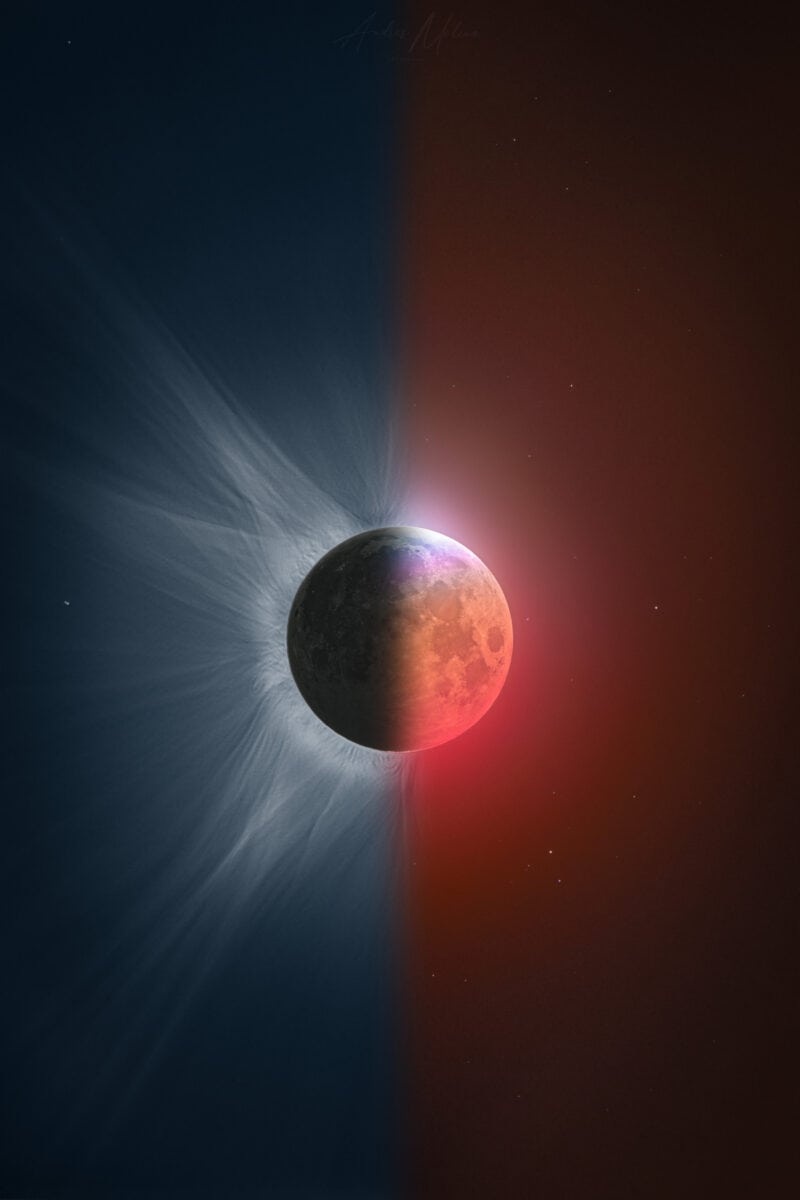
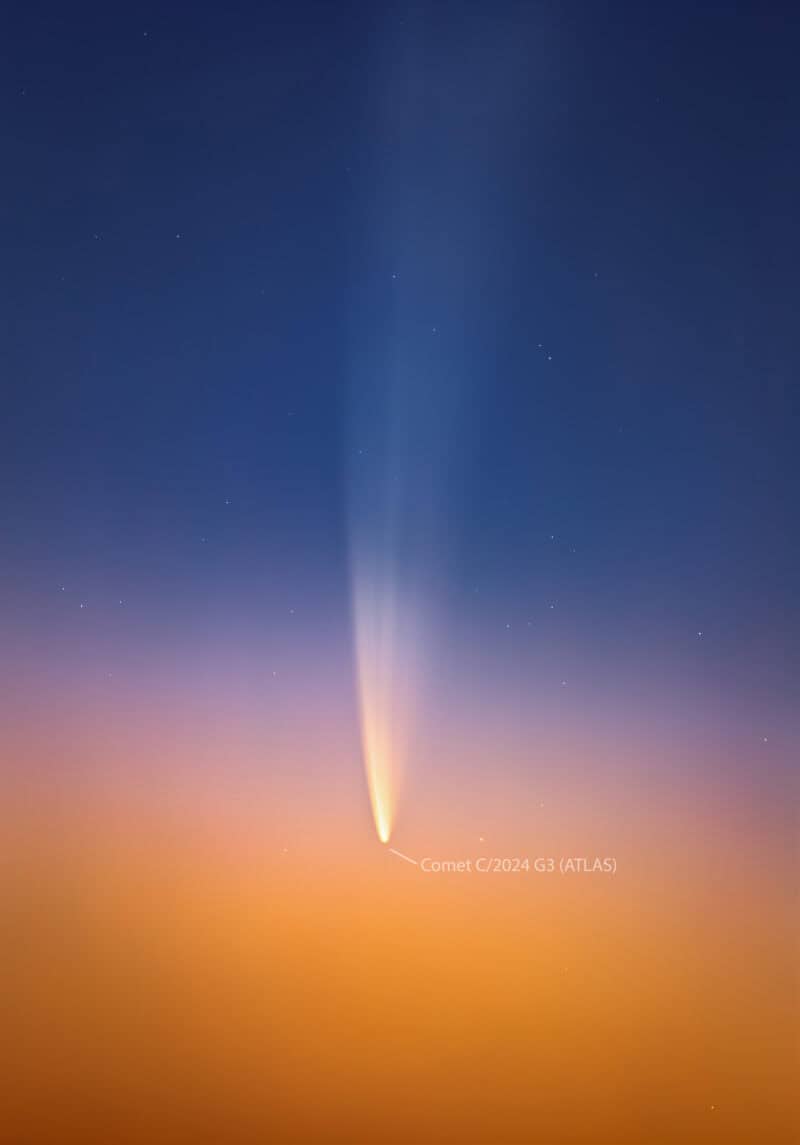
Who are you, where are you in the world, and what’s your focus in astrophotography?
My name is Andrés Felipe Molina, I’m from Colombia, South America, and I’ve been dedicated to astrophotography for about 10 years.
I started with a simple compact Samsung camera and gradually moved on to traveling to other countries to chase eclipses and rare celestial events.
My main focus is on solar and lunar photography, and more recently, planetary imaging, eclipses, and visible comets, although I’ve explored all kinds of astrophotography over the years.
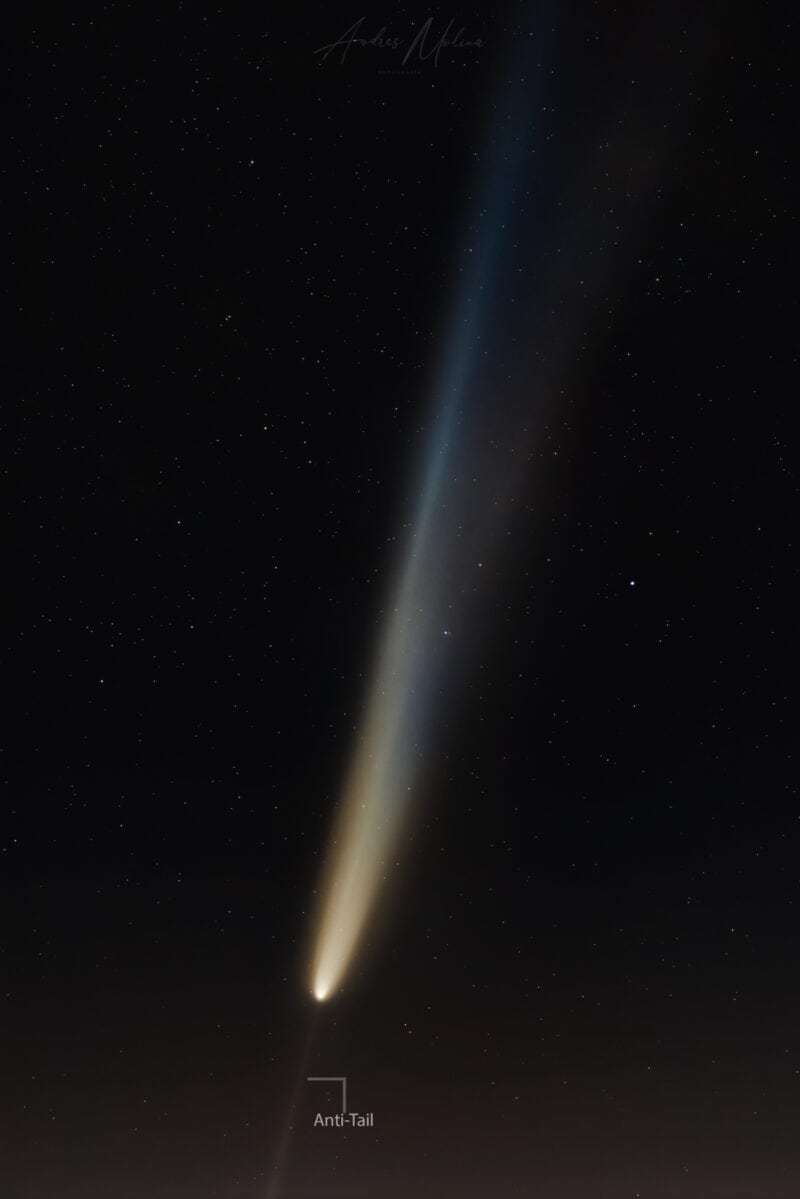
What’s your process?
My process revolves around planning and locating unique celestial events, always depending on weather conditions — which, living in a tropical country, can be quite unpredictable.
The main applications I use are Stellarium (mobile and PC versions) and PhotoPills to determine the altitude and position of the Sun and Moon.
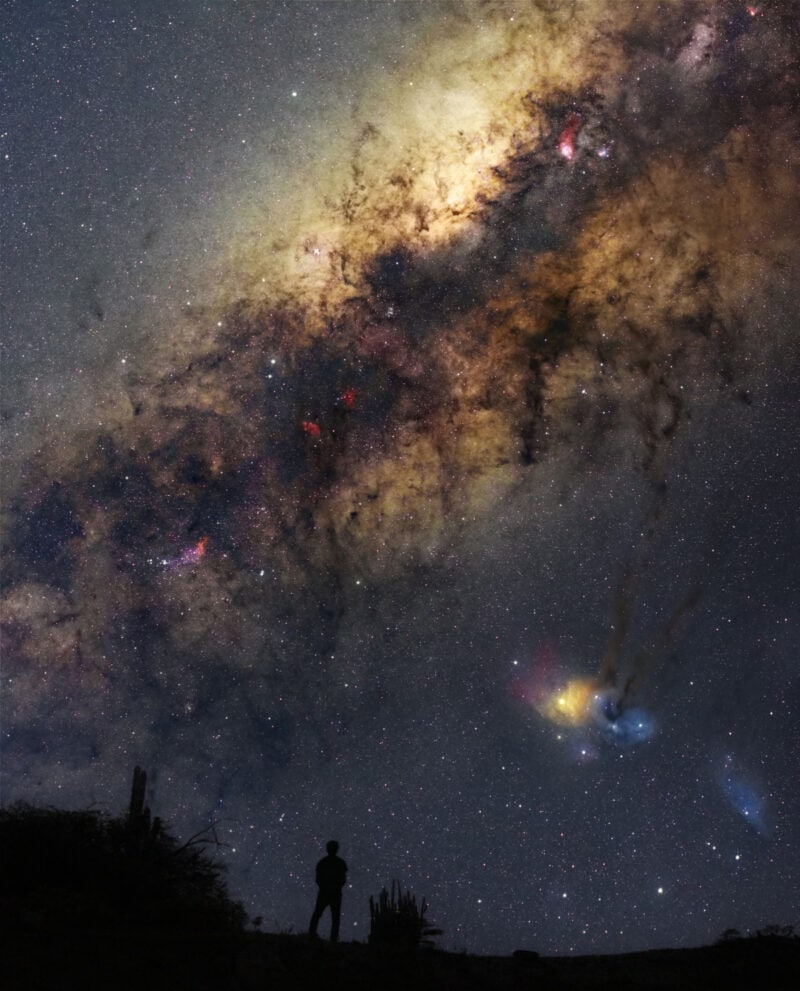
Since weather is crucial, I rely on Windy and local meteorological reports for forecasts.
Additionally, Google Earth is a powerful tool to analyze profiles and sight lines between the observer and the target object.
Still, most of my work depends on opportunity — when conditions are favorable, I often improvise on the spot.
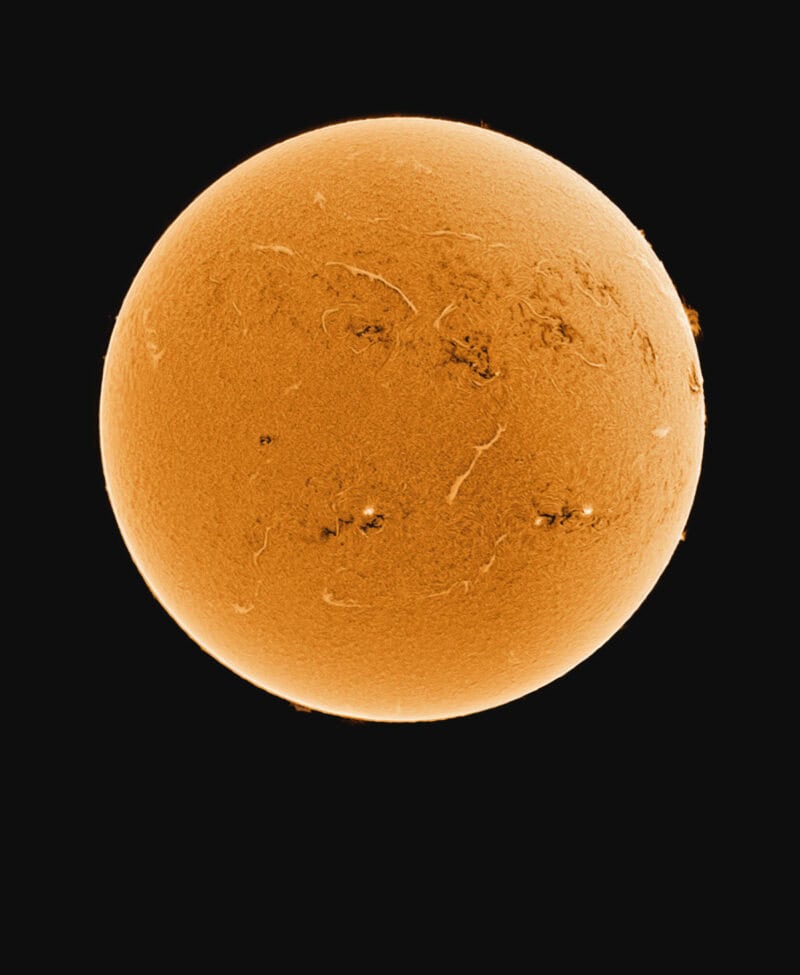
What gear do you use?
My gear has evolved over time.
Currently, I use two tracking mounts:
- an Explore Scientific iExos 100-2 and
- a Sky-Watcher Star Adventurer, which is very portable.
My lenses range from 24mm, 50mm, 135mm, and 600mm, plus a couple of small telescopes (TPO 180mm).
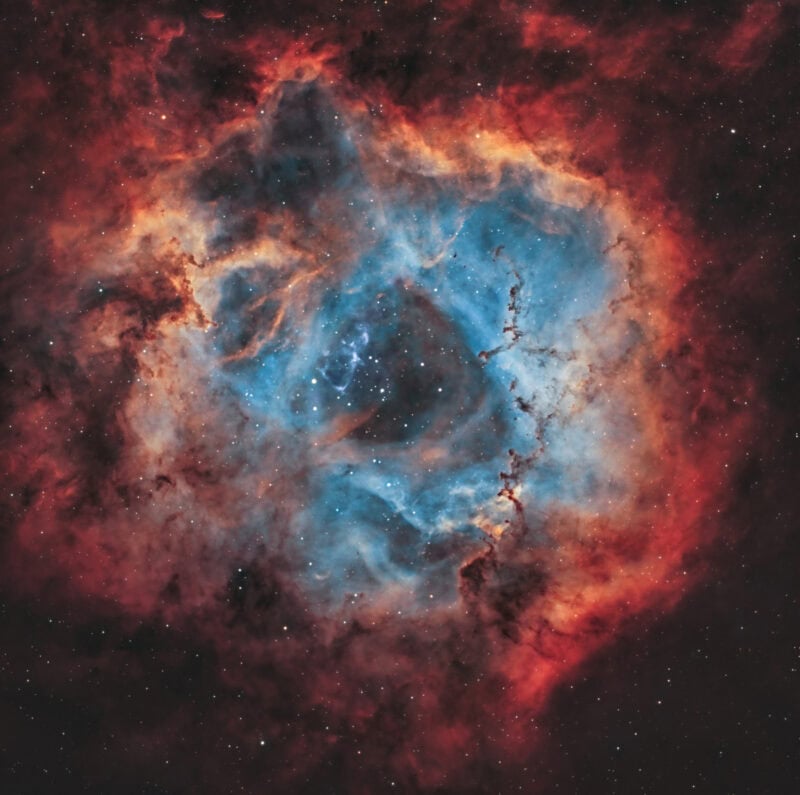
I also collaborate with a local university in Bogotá, where I have access to larger telescopes and a Coronado Solar Telescope — 8″, 10″, and even a CDK 17″ Planewave, which has truly impressed me.
With the 17″ Planewave, I managed to capture an excellent image of NGC 253, combining only three frames!.
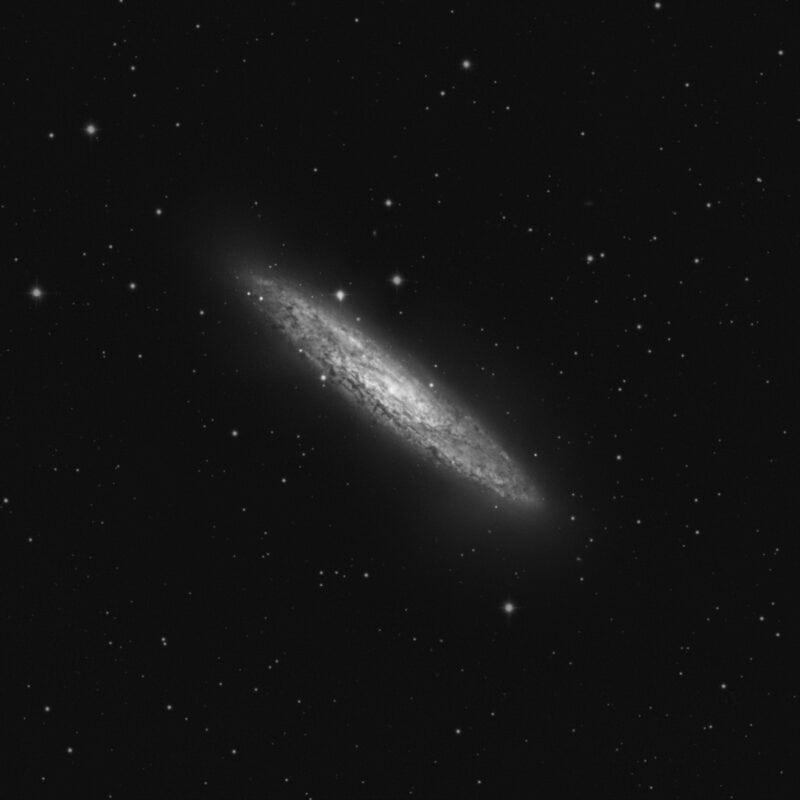
I currently shoot with a Canon EOS R6 for nightscapes and eclipse photography, and have also used the:
Along with the ZWO ASI294MC and ZWO ASI120MM-Mini cameras for guiding and planetary imaging.
The 17″ Planewave stands out as the most remarkable equipment I’ve had the chance to use.
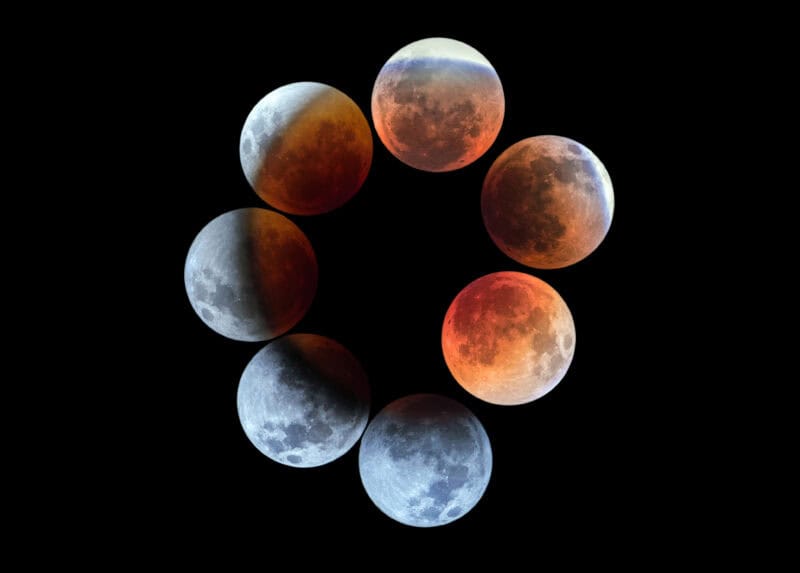
What do you use for post-processing?
My main workflow is based on PixInsight, which I purchased back in 2018 and have seen evolve into an essential, all-in-one tool for my processing pipeline.
I also use Lightroom Classic for pre-processing panoramas and timelapses, and Photoshop CC for final adjustments — enhancing color, refining curves, and using the Camera Raw filter, which I find incredibly powerful for revealing hidden details.

Any astrophotography learning resources you can recommend?
Over the years, I’ve followed the work of Trevor Jones (AstroBackyard), AstroBiscuit, and in Spanish, Miguel Azorín, all of whom helped shape my early understanding of the field.
I’ve also learned a lot from the countless members of online communities like AstroBin and CloudyNights — where, honestly, you can find a solution to nearly every problem that exists in astrophotography.
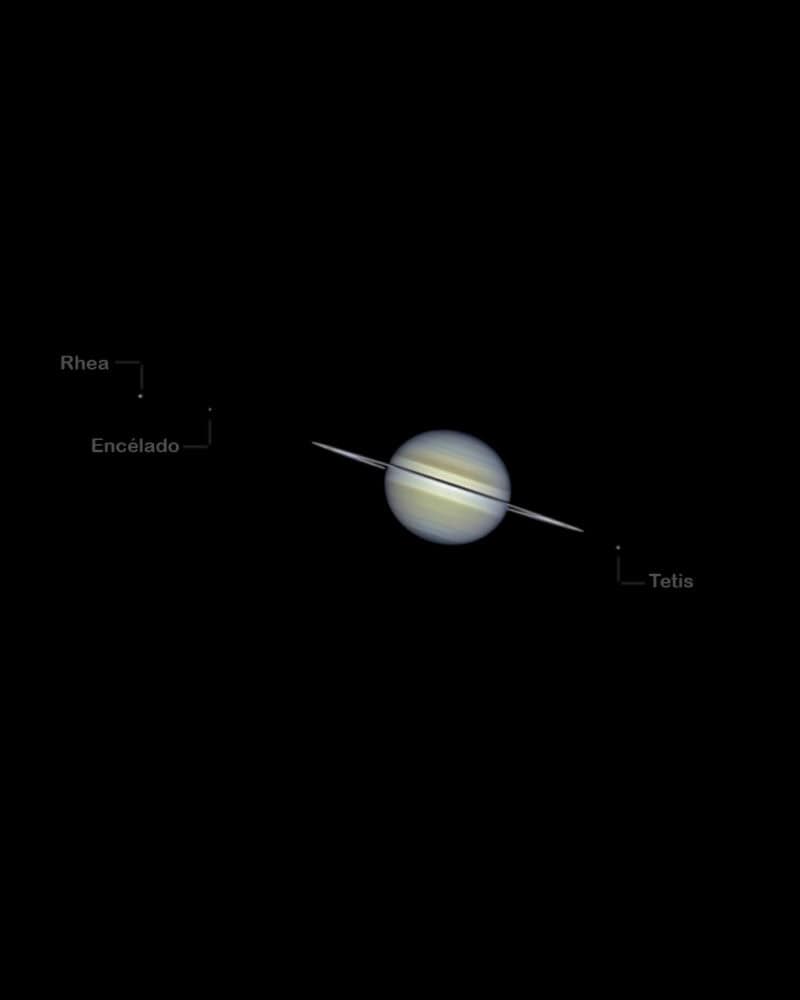
Are you incorporating AI into your photography processes at all?
Yes, I’ve recently started experimenting with AI tools, initially for my daytime photography — mainly for noise reduction.
In astrophotography, I’ve been integrating AI-powered tools from RC Astro and other star-removal suites.
These have given me greater control over my processing, achieving similar results to my traditional methods but with higher precision and significant time savings, especially in noise reduction and deconvolution.

What are your proudest achievements in astrophotography?
I’m proud to have received recognition within the astrophotography community in Colombia and Latin America.
My images have been featured on NASA APOD, Universe View Screen, and other platforms for my captures of eclipses, planetary occultations, and comets.
I’ve also been highlighted by Canon Creators Latin America, where some of my photos have placed among the top entries in categories like eclipses and nightscapes.
Being one of the few astrophotographers in my country to reach such mentions is something I value deeply.
I attach some of the highlights.
You can find my work on:
- 📸 Instagram: @andresastrophoto
- 📷 Flickr: @andres_molina_photo
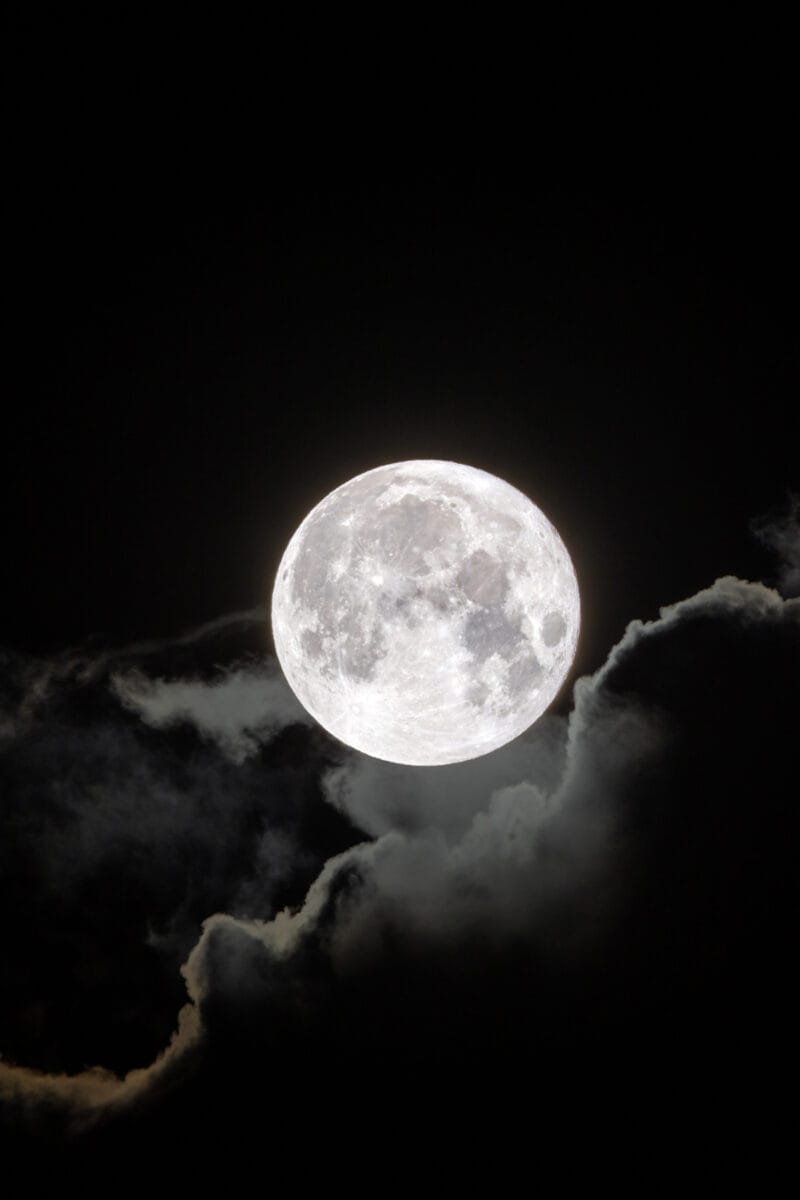
Related Content
- More Astrophotography Case Studies
- Best Cameras for Landscape Astrophotography
- Best Lenses for Landscape Astrophotography
- Best Telescopes for Astrophotography
- Best Mounts for Astrophotography
- Best Star Trackers
- Course: How to Capture Star Trails
- Course: How to Photograph Deep Sky Objects with a Regular DSLR Camera


